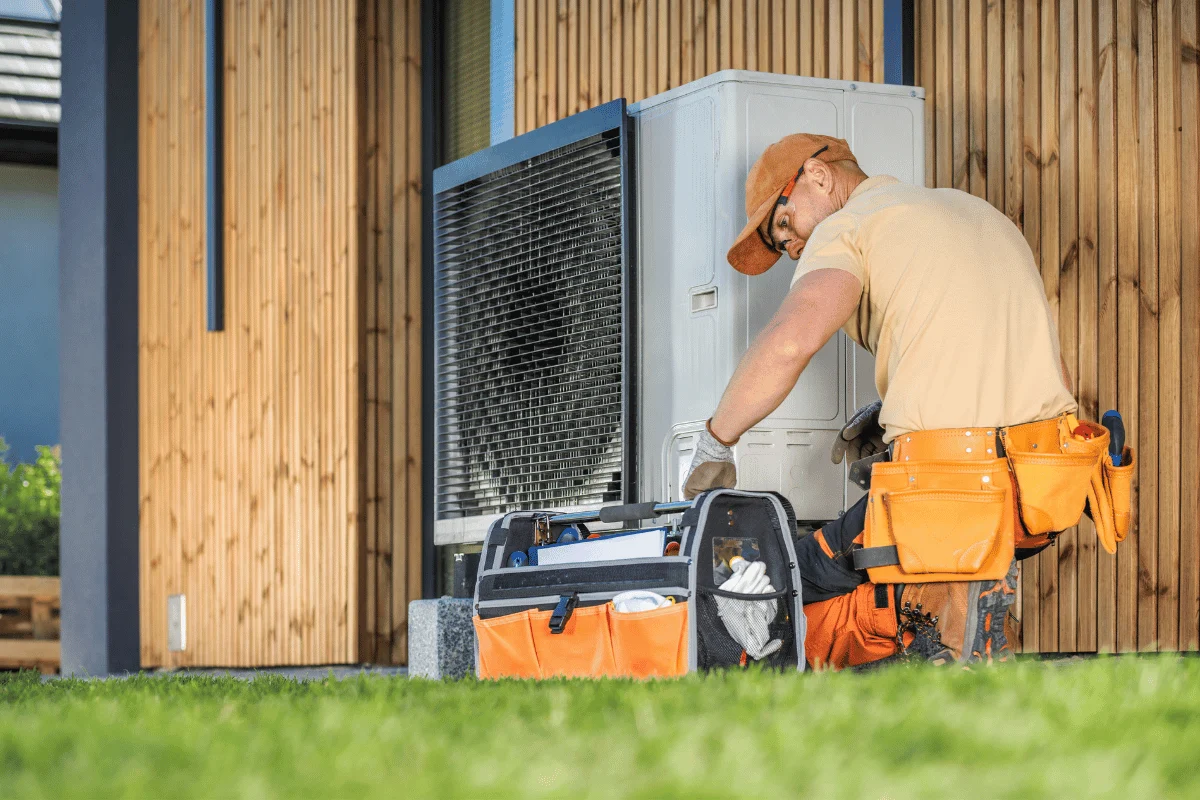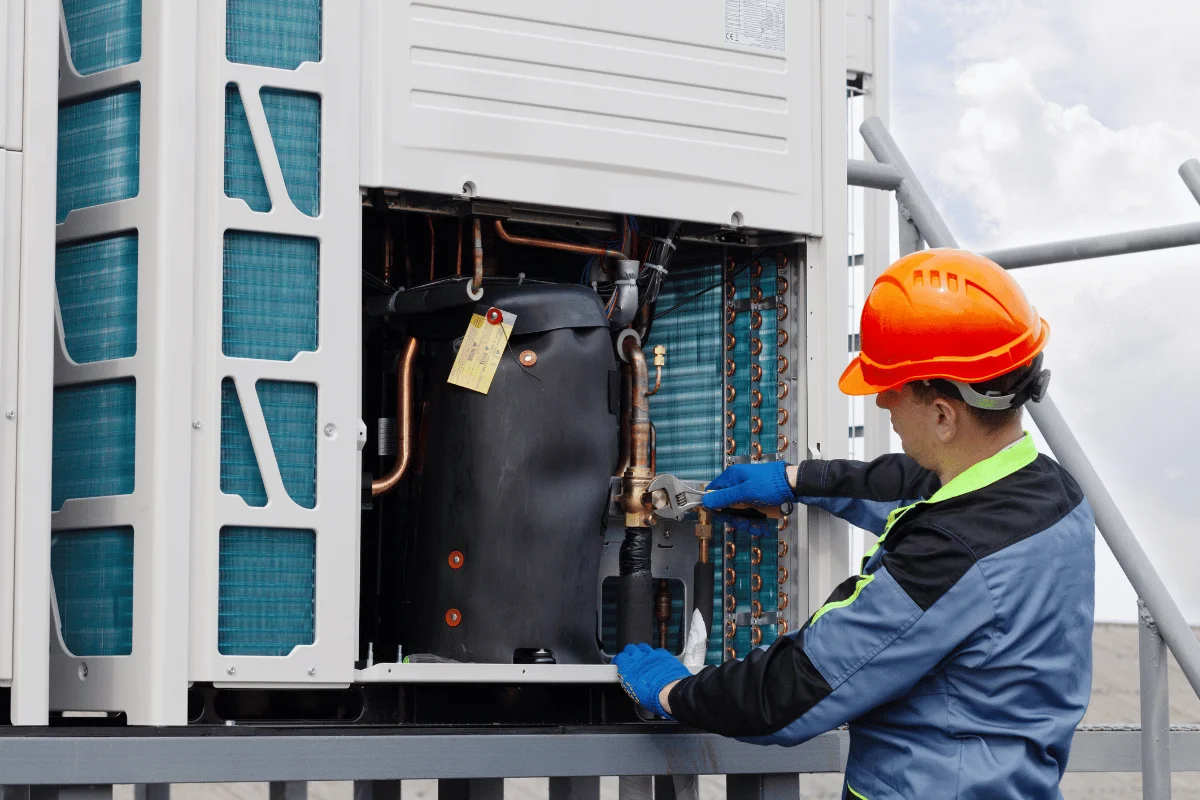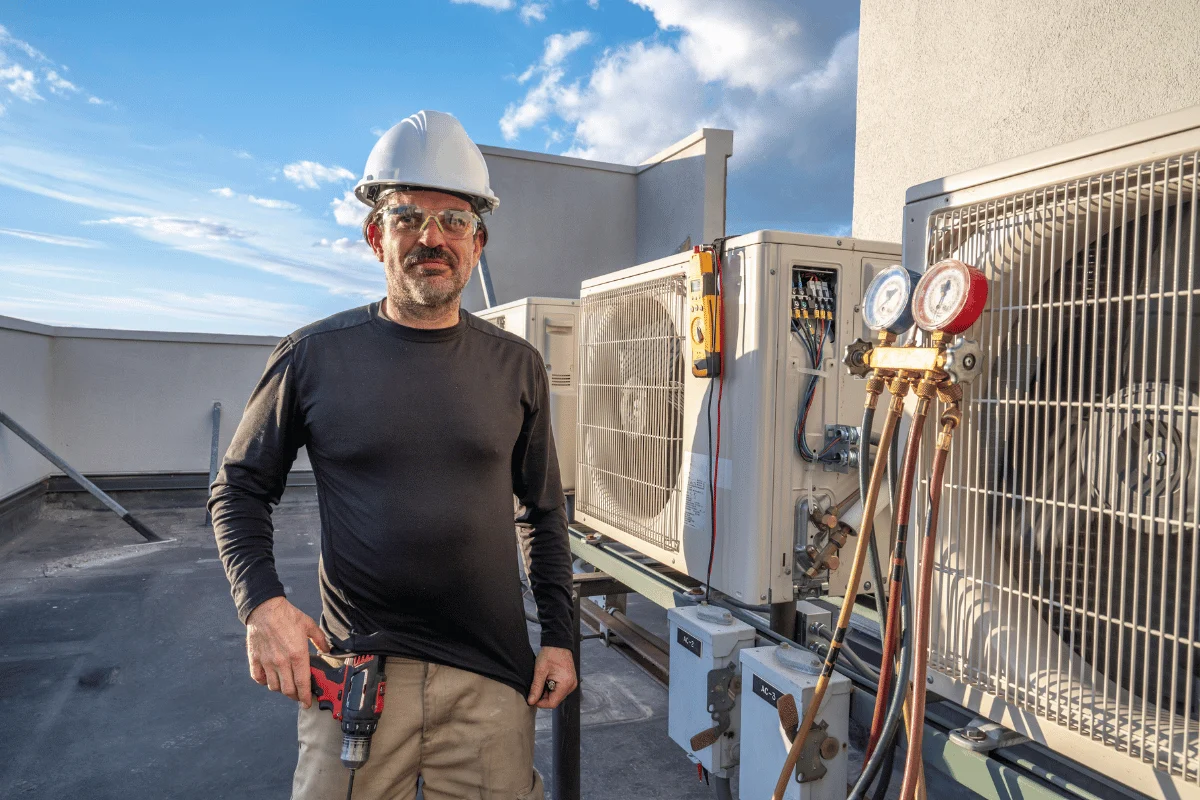As winter approaches, staying warm and comfortable while keeping energy costs in check becomes a priority for many homeowners. Understanding energy-efficient heating solutions is crucial for both the environment and your wallet. Here’s what you need to know:
- Types of Energy-Efficient Heating Systems:
- Heat Pumps: Heat pumps are highly efficient because they transfer heat rather than generate it. They work by extracting heat from the air, ground, or water and transferring it indoors. Modern heat pumps can function efficiently even in colder climates.
- High-Efficiency Furnaces: These furnaces have an Annual Fuel Utilization Efficiency (AFUE) rating of 90% or higher, meaning they convert the vast majority of fuel into heat, reducing waste and lowering energy bills.
- Radiant Floor Heating: This system heats your home from the ground up, providing even, consistent warmth. It’s more efficient than traditional baseboard heating and can be powered by electricity, water, or air.
- Geothermal Heating Systems: Geothermal systems use the stable temperatures underground to heat your home. They are one of the most energy-efficient options available, with the added benefit of reducing your carbon footprint.
- Smart Thermostats:
- Upgrading to a smart thermostat can make a significant difference in your heating efficiency. These devices learn your schedule and adjust the temperature accordingly, ensuring your home is warm when you need it and saving energy when you don’t. Some smart thermostats can also be controlled remotely via smartphone apps, allowing you to make adjustments from anywhere.
- Insulation and Sealing:
- Even the most efficient heating system won’t perform well if your home isn’t properly insulated. Ensure your walls, attic, and floors are well-insulated to prevent heat loss. Additionally, seal any drafts around windows, doors, and other openings to keep the warm air inside and the cold air out.
- Regular Maintenance:
- Regular maintenance of your heating system is essential for optimal performance. This includes cleaning or replacing filters, checking for leaks, and ensuring that all components are functioning correctly. Regular maintenance not only improves efficiency but also extends the lifespan of your heating system.
- Alternative Heating Methods:
- Wood and Pellet Stoves: These can be a cost-effective and energy-efficient alternative, especially in rural areas. They use renewable resources and can heat a room or small home effectively.
- Solar Heating: If you have access to sunlight, solar heating systems can supplement your home’s heating needs. Solar panels can collect and store heat during the day, which can then be used to warm your home.
- Government Incentives:
- Many governments offer incentives for homeowners who upgrade to energy-efficient heating systems. These incentives can include tax credits, rebates, or low-interest loans. Check with your local government to see what programs are available in your area.
- Cost Considerations:
- While energy-efficient heating solutions may have a higher upfront cost, the long-term savings on energy bills often make them a worthwhile investment. Additionally, the increased comfort and environmental benefits are significant advantages.
By understanding and implementing energy-efficient heating solutions, you can enjoy a warm and cozy home this winter while also reducing your environmental impact and saving on energy costs.





